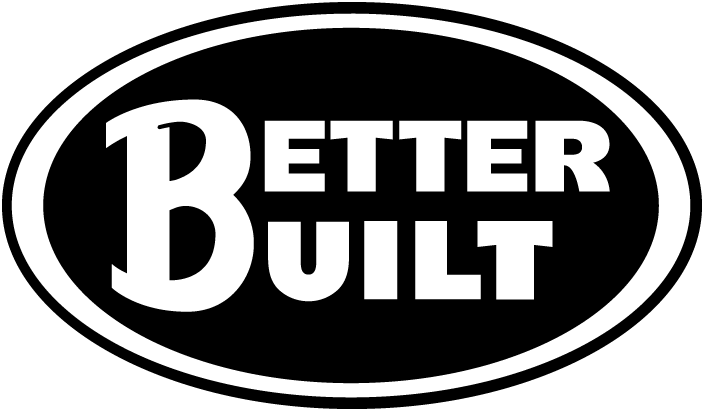Life science labs and research organizations play a critical role in advancing scientific and medical breakthroughs.
However, animal research facilities have a constant need to monitor their internal operations – and reduce risks when it comes to safety and efficiency. In a lab, there are many, many risks – ranging from repetitive motion to pathogen exposure. Although expected, these risks can be managed with proper safety measures and training.
Let’s explore some of the most common hazards in animal research facilities – and how to handle them.
1. Cross-Contamination
Cross-contamination is one of the most common hazards in laboratory animal facilities. It can affect the health of research animals and your staff – and immediately compromises your research data. That means you may need to repeat your work, which is often prohibitive because of time and cost. And in worst cases, widespread cross-contamination can force you to shut down your operations.
Enter sterilization.
Regular sterilization is crucial to lower the risk of cross-contamination in a research facility. Use sterilizers with specific cycles for animal labs to sterilize cages and water bottles. Also, use appropriate liquid chemicals for tools, and surfaces. This is essential to eliminate pathogens and keep your facility clean.
Decontamination equipment, like decontamination chambers and doors combined with various gas and vapor generation devices can strengthen your sterilization protocols.
2. Hazardous Material Handling
Handling hazardous materials is an inevitable part of any animal laboratory. Many research activities involve dangerous pathogens, known or suspected carcinogens and toxic substances.
The risk of exposure to these irritants is very high.
Labs must set stringent protocols for hazardous material handling. This is critical to reduce the risk of exposure – including the use of proper personal protective equipment (PPE).
It’s recommended to maintain a data sheet for all hazardous chemicals. It’s an easy way to track their usage and disposal. This data can help you quickly identify if a chemical is missing or not being disposed of safely.
3. Physical Hazards
Physical hazards are more common in animal research facilities than many assume. These risks include repetitive motion, heavy lifting, ergonomic issues and possible exposure to animal bites and scratches. Most of these injuries are easily preventable with proper training.
For the well-being of both animals and staff, training should focus on two critical aspects of animal handling safety – animal behavior and safe handling. Train your staff on what to expect and what to avoid when handling animals.
Teach your team to use the right tools and protective gear, such as gloves and protective clothing. Each new staff member should receive full training before handling animals.
4. Failure to Use Personal Protective Equipment (PPE)
Expanding on the risk of physical hazards, everyone working in animal research facilities needs to have Personal Protective Equipment (PPE) to prevent cross-contamination and protect against other potential issues in the lab.
- Lab coats are one type of necessary covering in animal research facilities.
- Disposable coveralls minimize the risk of cross-contamination.
- Safety glasses should be mandatory when working in a sensitive environment.
- Disposable gloves should be worn.
- Disposable face masks protect against harmful air-born allergens, or pathogens.
- Disposable shoe and head covers also prevent contamination. Like the other disposables, they should be discarded after use, as per the safety protocols.
PPE is required by law in most labs in Canada and the United States. Failing to comply may result in fines – and potentially lawsuits.
5. Animal Waste Handling
Animal research facilities have to deal with waste on a large scale – which can be a labor-intensive and risky job. Regular and safe animal waste removal is key to ensuring both safety and productivity.
Train your staff to handle waste properly. It starts with establishing proper waste management protocols to remove waste regularly and efficiently. This protects your facility from harmful odors and potential infections.
Consider using automated bedding disposal equipment. The bedding disposal equipment designed by BetterBuilt can integrate into your existing system. It’s an excellent way to safely and efficiently dispose of soiled bedding and feed waste. Automation eliminates the need for traditionally labor-intensive and risky manual processes – which works to save money, save time, and improve overall efficiency.
6. Lack of Proper Animal Care
Animal research facilities rely on healthy research subjects. When animal health gets compromised, it results in skewed data, which can quickly lead to financial loss. Additionally, failure to comply with animal welfare regulations may open doors to steep fines and lawsuits.
You can avoid all these problems with proper training and animal care protocols. Here’s what you should do:
- Provide proper animal housing with clean and sanitized cages and bedding.
- Maintain adequate temperature, humidity, and ventilation in the animal housing.
- Provide all lab animals with enough space and good lighting.
- Create regular feeding schedules with access to good-quality food and water.
- Comply with ethical treatment standards and animal welfare regulations.
- Dispose of animal waste carefully and regularly.
- Use proper PPE, tools, and safety procedures for handling animals.
- Maintain regular records and documentation.
These measures will not only ensure proper animal care – but also the integrity of your research.
The Next Step
Animal research facilities often face unique challenges, ranging from the risk of cross-contamination to the lack of animal care.
Ignoring these risks can result in poor research data, expensive unplanned downtime, and financial losses. It will also compromise the safety of your staff and lab animals. With proper training, safety protocols, and automated solutions from BetterBuilt, you can prevent your facility from falling into this abyss.
Need help with your lab automation? We are here to help. At BetterBuilt, we have designed many automated solutions to ensure the safety and integrity of your animal research facilities.
Contact us today to place your order or know more about our products.
